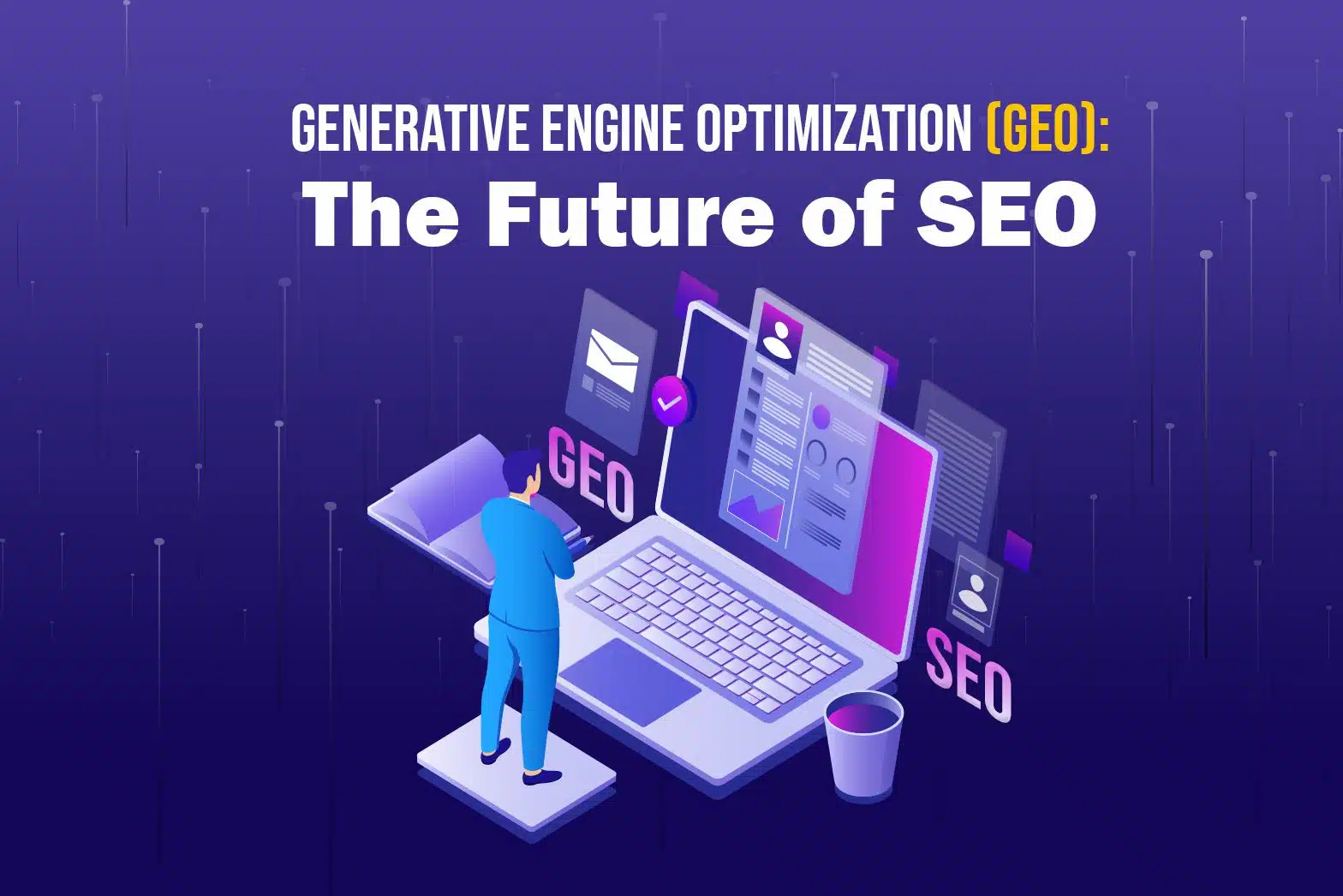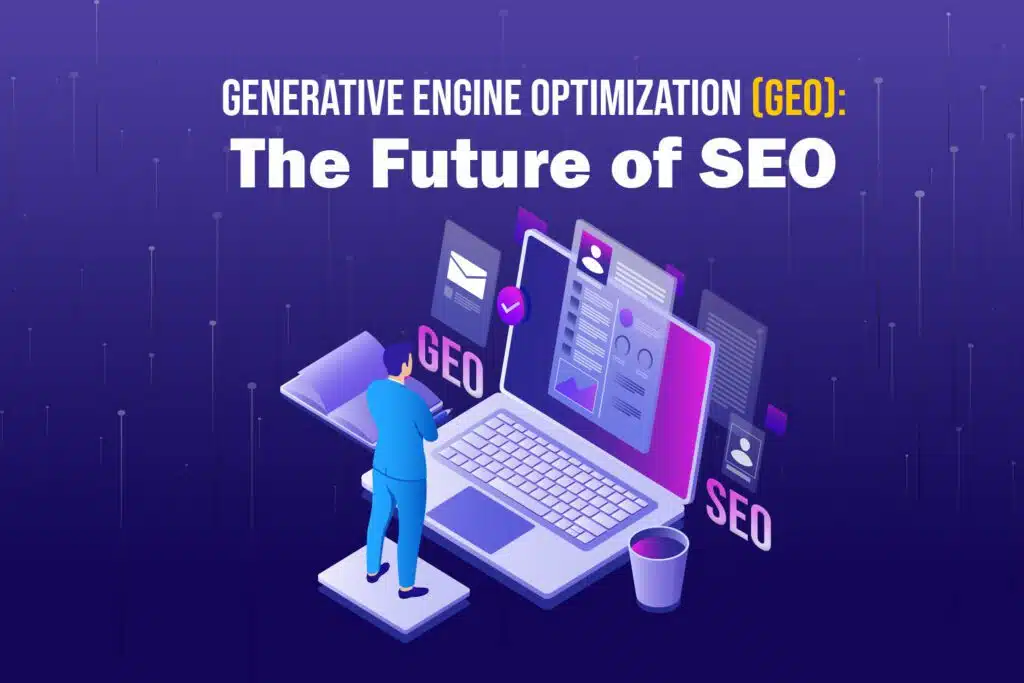Generative Engine Optimization (GEO): The Future of SEO
Generative Engine Optimization (GEO) is emerging as the next frontier in search engine optimization (SEO), transforming how we approach digital marketing. As AI-driven content generation tools become more sophisticated, GEO focuses on optimizing this AI-generated content to align with search engine algorithms, user intent, and emerging trends. This innovative approach promises to revolutionize SEO strategies, making them more dynamic, responsive, and effective in capturing audience attention in an increasingly competitive digital landscape.
What is GEO?
GEO – Generative Engine Optimization is a new concept in the field of digital marketing that revolves around optimizing content created by AI or generative engines. Unlike traditional SEO, which focuses on optimizing human-written content, GEO is about fine-tuning AI-generated content to ensure it ranks well in search engines, aligns with user intent, and meets quality standards. As AI tools become more advanced, GEO is expected to play a crucial role in shaping the future of content strategy and search engine rankings.
GEO vs. SEO: Similarities and Differences
Generative Engine Optimization and traditional Search Engine Optimization share the common goal of improving content visibility in search engine results, but they differ significantly in their approach and execution. The following outlines the similarities and differences between the two:
Similarities
- Purpose: GEO and SEO are both aimed at enhancing online presence and attracting more organic traffic to websites.
- Content-Centric: Both approaches depend heavily on content creation, whether it’s crafted by humans in SEO or generated by AI in GEO.
- Keyword Strategy: GEO and SEO both stress the importance of using relevant keywords to align with what users are searching for.
- Focus on User Experience: Both methods aim to enhance user experience by ensuring that content is easy to access, engaging, and valuable to the audience. ● Performance Evaluation: Both GEO and SEO use similar metrics, like click-through rates (CTR), bounce rates, and conversions, to gauge their effectiveness.
Differences
- Content Creation: SEO traditionally involves human-generated content, while GEO focuses on optimizing AI-generated content.
- Technology Dependency: GEO is heavily reliant on AI and machine learning technologies, while SEO is more dependent on human expertise and analysis. ● Adaptability: GEO is designed to be more adaptive to rapid changes in search engine algorithms and user behavior due to its AI foundation, whereas SEO may require more manual adjustments.
- Scalability: GEO can scale content creation and optimization faster through automation, while SEO typically involves more time-intensive processes. ● Strategic Approach: SEO often requires a more structured, long-term strategy, while GEO can be more dynamic, allowing for quicker adjustments based on real-time data and trends.
5 Strategies for Integrating GEO with SEO
Integrating GEO with traditional SEO can enhance content visibility and engagement by leveraging AI-generated content to align with SEO best practices. Here are five strategies to effectively integrate GEO with SEO:
- Keyword Optimization: Incorporate generative AI outputs into your SEO strategy by aligning AI-generated content with targeted keywords. Ensure that the generated content naturally includes these keywords to improve search engine rankings.
- Content Personalization: Use AI to create personalized content at scale. This tailored approach can enhance user engagement and improve SEO performance, as search engines favor content that resonates with specific audience segments.
- Content Variation: Leverage AI to generate multiple versions of the same content. This allows you to test different formats and styles, identifying which versions perform best in terms of SEO metrics like click-through rates and time on page.
- Content Gap Analysis: Use generative AI to identify content gaps by analyzing competitors’ websites. Create content to fill these gaps, improving your site’s relevance and authority in your niche, which boosts SEO.
- Automated Content Updates: Utilize AI to automatically revamp and update your existing content. Keeping content consistently updated demonstrates to search engines that your site remains current and engaging, which can enhance your SEO performance and rankings.
It is crystal clear that Generative Engine Optimization is set to revolutionize SEO by leveraging AI to create dynamic, personalized, and high-quality content at scale. As search engines evolve, integrating GEO into your strategy will ensure that your content remains relevant and impactful both in the present and the future.
Why Get in Touch with Sphere Media Technologies?
With our expertise, you can ensure your content remains fresh, engaging, and optimized for search engines. Contact us today to take your digital marketing to the next level and stay competitive in an ever-evolving landscape.



